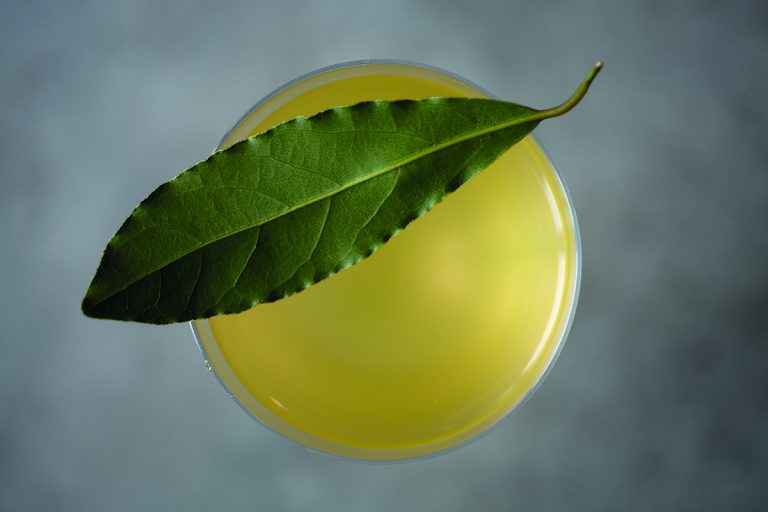Book Review: The Modern Cocktail
I took physics for several years in college. There were plans to pursue a Master's degree in architecture at some point, but that was abandoned to pursue a career in cocktails, education, and history. It was one of the few sciences I tried to avoid, due to the fact that it was very math heavy and I was not a skilled mathematician. Had I known then what I know now, I would have taken it earlier and dove in deeper. Cocktails are all about science. From taking the plant material and turning it into something drinkable to developing the flavors of an exquisite libation, science is part of every step of the process. And we are not talking about molecular gastronomy. This is day in and day out cocktail creation - having the right amount of water in the mix, selecting a vermouth with the right flavor profile, even adding a drop of saline solution to bring out flavor are all aspects of how science can influence the enjoyment of a cocktail. And then there are people like Matt Whiley, better know as the Talented Mr. Fox. He has raised the bar for how science is used in cocktails.
Matt shares the innovative methods he has used to make Peg + Patriot and Scout two of the most talked about bars in the world in his new book, The Modern Cocktail ($19.25, 2017, Jacqui Small LLP). His cocktails have become well known for their innovation through the use of unique flavor pairings and the use of science to develop them in a consistent manner. His talents are in high demand around the world, but in London especially. His consultancy, The Talented Mister Fox, helps bars completely reimagine their programs, from how they create cocktails to how the customer experiences them. And now there is a book that outlines all of it.
From the beginning, one can tell that this is a cocktail book for the advanced bartender. Mr. Whiley digs into every aspect of the bar, from where he gets his influences to how he puts together his cocktails. He hits all of the basics that one would expect in a cocktail book - from basic ingredients to necessary equipment - but expands on it. He spends a good amount of time helping the reader really understand flavor and what it contributes to a drink - before a spirit is even mentioned. He breaks flavors and cocktail types into categories, then uses those categories throughout the book to let the reader know what sort of drink they will be making. With every cocktail recipe in the book are several other recipes for syrups, shrubs, and flavored distillates to be added to each drink. The way he uses what is around him to create his drinks is nothing short of inspiring. Is anyone else thinking of a cocktail based on what “birds might eat on marshland on the outskirts of London?” How do I get my hands on some Pretzel and Peanut Butter Distillate? He is really focused on the seasonal and local, so much so that what he is doing makes you want to look around as a bartender for new cocktail possibilities.
Unfortunately, the admirable precision he injects in his cocktails creates a big barrier to actually making them. This is a barrier he freely admits to as he introduces the book. The first big barrier are the distillates. Roughly half of the cocktails in the book require some form of distillate, which he creates by adding alcohol and other ingredients into a rotary evaporator (rotovap for short) and spins it out for a prescribed amount of time and heat. In the United States, this is completely illegal unless you have a distiller’s license. You can still create the flavors in a sous vide machine or other means, but these are infusions. They will not be as precise or clean as what the book prescribes. And if it is legal to distill in your home country, a rotovap is VERY expensive. Even a used one can run around $2,000 and would need some extensive cleaning. Some of the other equipment he recommends for his recipes, like a Thermomix blender ($1,300) or a cold press juicer ($385), can also make getting to these recipes very costly. All of the equipment he uses are amazing kitchen tools, but not likely to be found in any space other than someone serious about the craft.
Even with the limits imposed on making many of these cocktails, this is a great book to have on your shelf. The photography and overall design of the book is simple and beautiful. The methods he uses and the lessons he gives about constructing a cocktail can be used to help develop your own process of cocktail creation. Even if you cannot create the many distillates that the book contains, you can look at the flavor combinations and their uses to inform your own experiments with new drinks. The Modern Cocktail is an advanced class in what is possible with the ingredients at your disposal. The very clever and talented Mr. Whiley has created a next-level book for those that are looking to science to help with their art.



